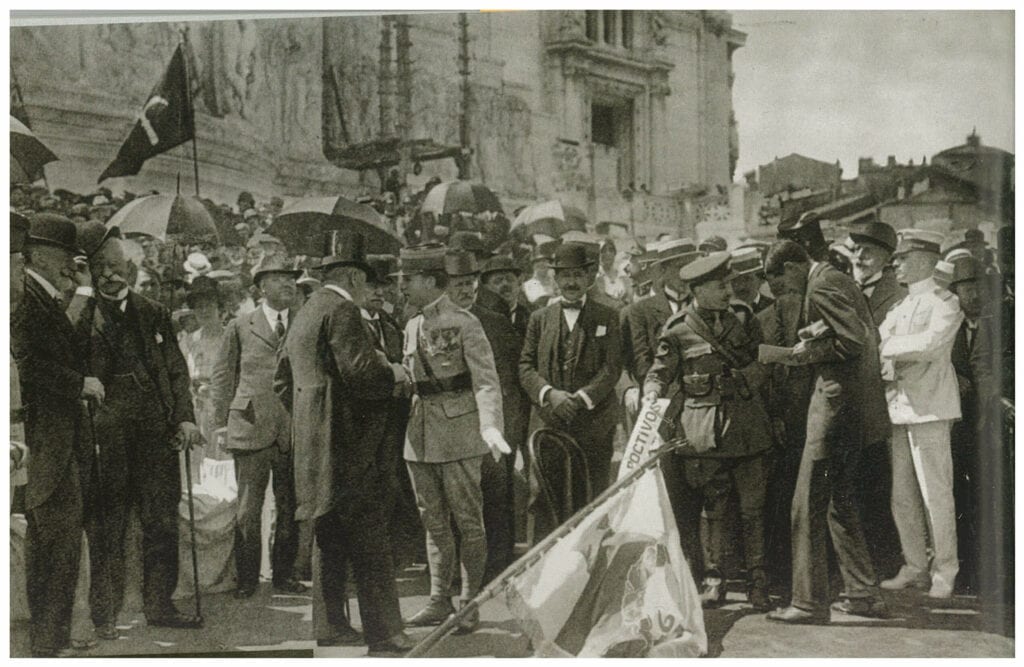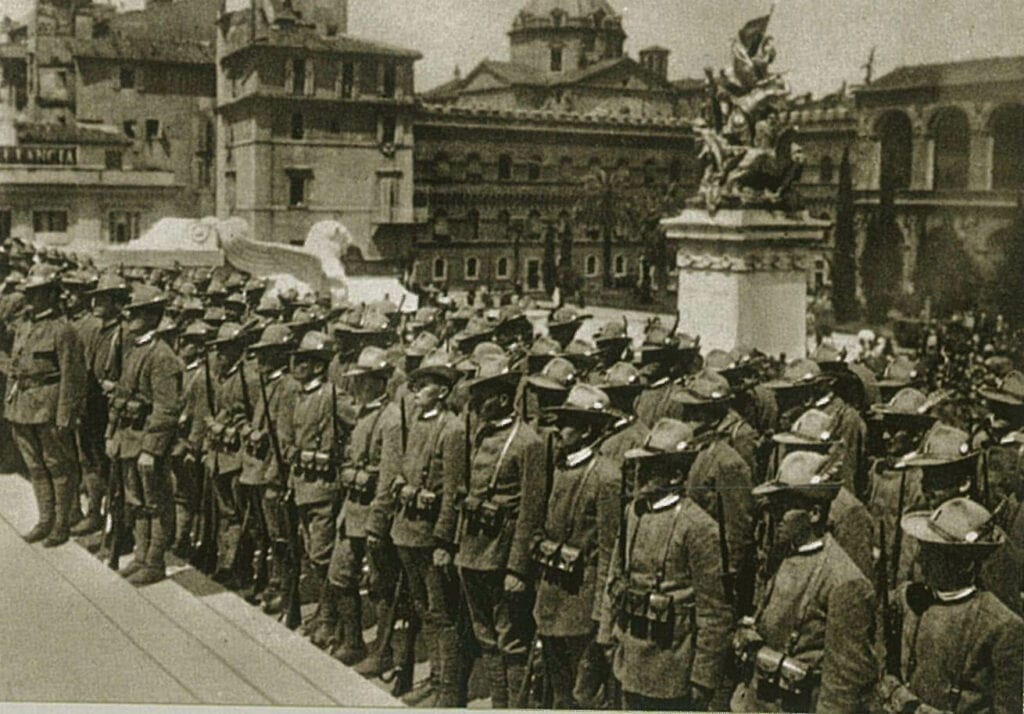Czechoslovak Legion in Italy
It was not until the beginning of 1917 that Czech and Slovak prisoners of war (with regard to their nationality) were assigned to the Santa Maria Capua Vetere camp near Naples. There, on 17 January 1917, the Cs. volunteer corps was founded, headed by the Sokol official J. Capek.
Czechoslovak prisoners of war reported to Italian combat units with the aim of forming their own Czechoslovak units. They were inspired by the heroic deeds of our scouts (Esploratori Cecoslovacchi) who had already managed to join the Italian corps.
The Italian government, however, delayed the formation of our troops and only allowed the creation of labour battalions for war purposes.
In the wake of the Italian defeat at Caporetto in October 1917 and the diplomatic insistence of Gen. M. R. Štefánik, the establishment of the Cs. army in Italy was authorized on 21 April 1918. General A. Graziani was appointed its commander.
The Czechoslovak Division was finally formed in Italy. It was composed of the 31st, 32nd, 33rd, 34th Czechoslovak Rifle Regiment (35th and 39th Regiments were formed only in September). The ceremonial parade of the Czechoslovak Division was attended by the Italian King Vittorio Emanuele III. On May 24, 1918 in Rome our legionaries were ceremoniously presented with a banner, which was embroidered by the ladies of Rome.
In mid-August 1918 the division was moved to the front in the area between Lake Garda and the Adige River. It took part in the fighting for Doss Alto. In the trenches, but also in the "caverns" it experienced difficult combat situations.
Nearly 20,000 men were enrolled in the legions in Italy, of whom 350 were killed. Several dozen of them lost their lives by ignominious execution after falling into enemy captivity.


